What is MRD?
MRD encompasses a variety of expressions, including minimal residual disease, measurable residual disease, and molecular residual disease. The concept of MRD, originally derived from hematological neoplasms, has now extended to solid tumors, which refers to the state in which patients have received treatment and residual disease cannot be detected via traditional imaging technology or conventional laboratory tests, but tumor cells still remain in the body. MRD is a major contributing factor leading to tumor recurrence and is closely monitored using MRD Detection Technology | Molecular Diagnostic Material.
How does MRD testing work?
In general, MRD testing is extremely exacting on the sensitivity of detection technology. Taking hematological neoplasms as a representative example, the following is a comparison of three MRD forms of detection technology:
| |
Flow cytometry |
PCR |
NGS |
| Testing principle |
Tumor-associated cell surface antigens |
PCR specific amplification BCR/TCR rearrangements |
All BCR/TCR rearrangements detected via high-throughput sequencing |
| sensitivity |
0.1%-0.01% |
0.01%-0.001% |
0.0001% |
| Samples |
Fresh samples |
Fresh or frozen samples |
Fresh or frozen samples |
| Degree of standardization |
Low |
High |
High |
| Advantages |
A)Fast
B)Direct quantification
|
High sensitivity |
A)Ultra-high sensitivity
B)Detection of evolved or novel tumor clones
C)Immune recovery and reconstitution
|
| Disadvantages |
A)Lack of standardization
B)Exacting requirements on experience
C)Large amount sample demand
|
A)Low throughput
B)Slightly higher false positive rate
|
Slightly more expensive |
At present, the industry's NGS-MRD-based techniques are divided into two categories: tumor-informed assays and tumor-agnostic assays.
(1) Tumor-informed assays, that is, comprehensive WES sequencing of the primary tumor tissue is performed first, where whole blood is used as a control to accurately rule out variants of non-tumor origin and determine the specific gene mutations in the patient 's tumor tissue, and then personalized panels are designed to continuously monitor the patient' s plasma cfDNA for the presence of these mutations in the tumor tissue. This technique is currently mainstream worldwide. Signatera, introduced by BGI, a Chinese company, is an representative example. The advantage of this technique lies in its ability to track mutations that appear in the primary tumor with increased precision, which has a smaller capture region and allows for deeper sequencing. The disadvantage is that due to tumor heterogeneity, new mutations arising after tumor metastasis may be missed, and patient-personalized panels need to be designed and prepared in a short period of time, which makes for longer detection times and higher costs.
(2) Tumor-agnostic assays, independent of primary tumor tissue, and conducted through fixed panels designed using a set of preselected genes associated with cancer species, are used to detect whether a patient's plasma cfDNA contains mutations in the respective genes. The advantage of this technique is that blood samples can be tested directly without obtaining the patient's tumor tissue. The disadvantage is that fixed panels are relatively large and sequencing is not easily measured in depth. Because we do not know what genetic mutations are present in the primary tissue, the precise meaning conveyed by mutations present in the blood is not explicitly clear.
The following figure is a comparison of the two technical routes:
| Technical routes |
Tumor-informed assays |
Tumor-agnostic assays |
| Testing process & panel |
Tumor tissue is first measured,Panel personalization is performed, and then ctDNA is measured again |
Detection of ctDNA in plasma based on a fixed panel |
| Detection sites & sequencing depth |
Relatively few covered sites (small panel), ultra-high depth |
Comparatively large number of covered sites (large panel), medium- to high-depth |
| Advantages |
Higher sensitivity and accuracy |
Tumor tissue not required |
| Disadvantages |
Need to obtain tumor tissues; complex flow path, sampling difficult for some patients; relatively high cost |
Low sensitivity, high false-positive rate; relatively low cost |
At present, both techniques are in the exploratory stage, and prospective studies are needed to determine their sensitivity, specificity, and the value for prediction.
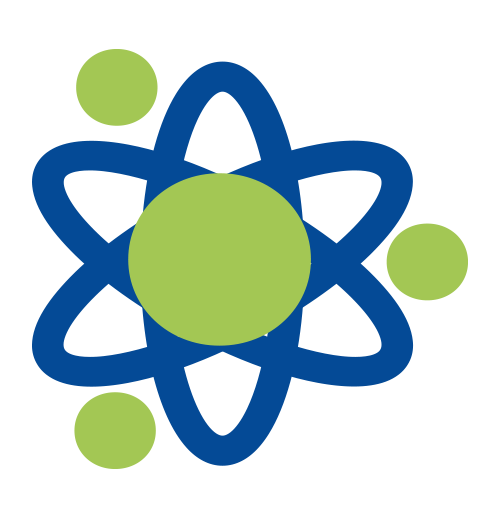 NGSHybridization Capture DNA Probe QuarStar Human All Exon Probes 4.0 (Tumor) QuarStar Human All Exon Probes 4.0 (Standard) QuarStar Liquid Pan-Cancer Panel 3.0 QuarStar Pan-Cancer Lite Panel 3.0 QuarStar Pan-Cancer Fusion Panel 1.0 QuarStar Pan Cancer Panel 1.0 Hybridization Capture RNA Probe QuarXeq Human All Exon Probes 3.0 HRD panel Library Preparation DNA Library Preparation Kit Fragmentation Reagent mRNA Capture Kit rRNA Depletion Kit QuarPro Superfast T4 DNA Ligase Hybridization Capture QuarHyb Super DNA Reagent Kit QuarHyb DNA Plus 2 Reagent Kit QuarHyb DNA Reagent Kit Plus QuarHyb One Reagent Kit QuarHyb Super Reagent Kit Pro Dynegene Adapter Family Dynegene Blocker Family Multiplex PCR QuarMultiple BRCA Amplicon QuarMultiple PCR Capture Kit 2.0 PathoSeq 450 Pathogen Library Corollary Reagent Streptavidin magnetic beads Equipment and Software The iQuars50 NGS Prep System
NGSHybridization Capture DNA Probe QuarStar Human All Exon Probes 4.0 (Tumor) QuarStar Human All Exon Probes 4.0 (Standard) QuarStar Liquid Pan-Cancer Panel 3.0 QuarStar Pan-Cancer Lite Panel 3.0 QuarStar Pan-Cancer Fusion Panel 1.0 QuarStar Pan Cancer Panel 1.0 Hybridization Capture RNA Probe QuarXeq Human All Exon Probes 3.0 HRD panel Library Preparation DNA Library Preparation Kit Fragmentation Reagent mRNA Capture Kit rRNA Depletion Kit QuarPro Superfast T4 DNA Ligase Hybridization Capture QuarHyb Super DNA Reagent Kit QuarHyb DNA Plus 2 Reagent Kit QuarHyb DNA Reagent Kit Plus QuarHyb One Reagent Kit QuarHyb Super Reagent Kit Pro Dynegene Adapter Family Dynegene Blocker Family Multiplex PCR QuarMultiple BRCA Amplicon QuarMultiple PCR Capture Kit 2.0 PathoSeq 450 Pathogen Library Corollary Reagent Streptavidin magnetic beads Equipment and Software The iQuars50 NGS Prep System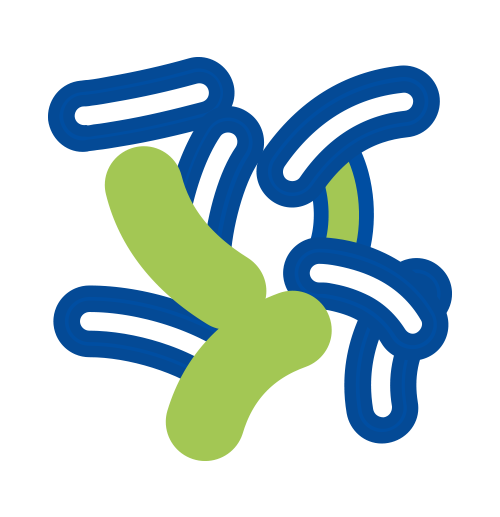 Primers and Probes
Primers and Probes RNA SynthesissgRNA miRNA siRNA
RNA SynthesissgRNA miRNA siRNA



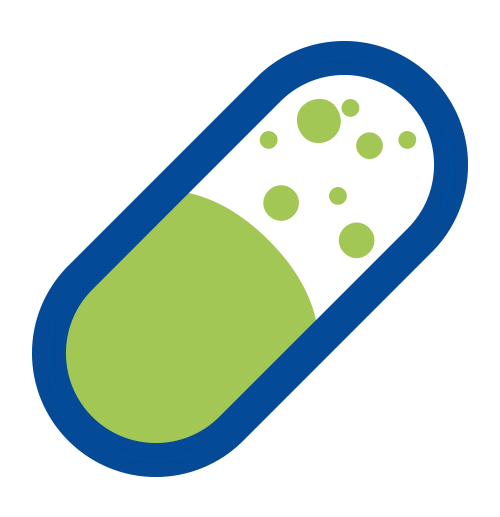 Gene Synthesis
Gene Synthesis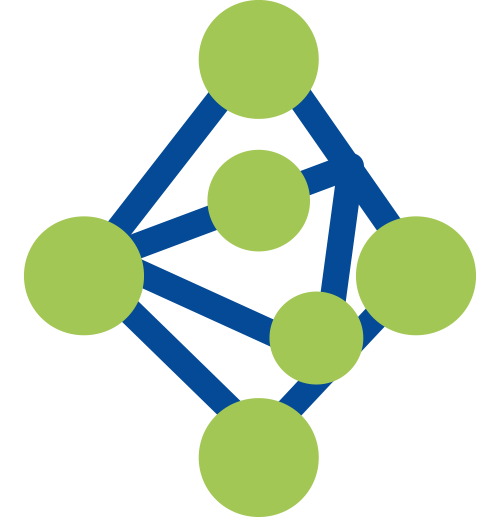 Oligo Pools
Oligo Pools CRISPR sgRNA Library
CRISPR sgRNA Library Antibody Library
Antibody Library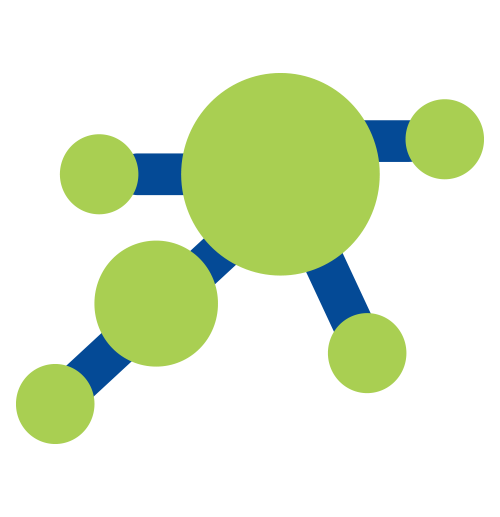 Variant Library
Variant Library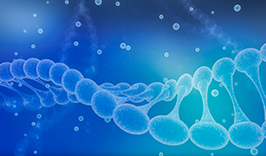
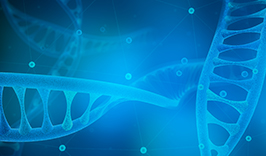


 Tel: 400-017-9077
Tel: 400-017-9077 Address: Floor 2, Building 5, No. 248 Guanghua Road, Minhang District, Shanghai
Address: Floor 2, Building 5, No. 248 Guanghua Road, Minhang District, Shanghai Email:
Email: 







